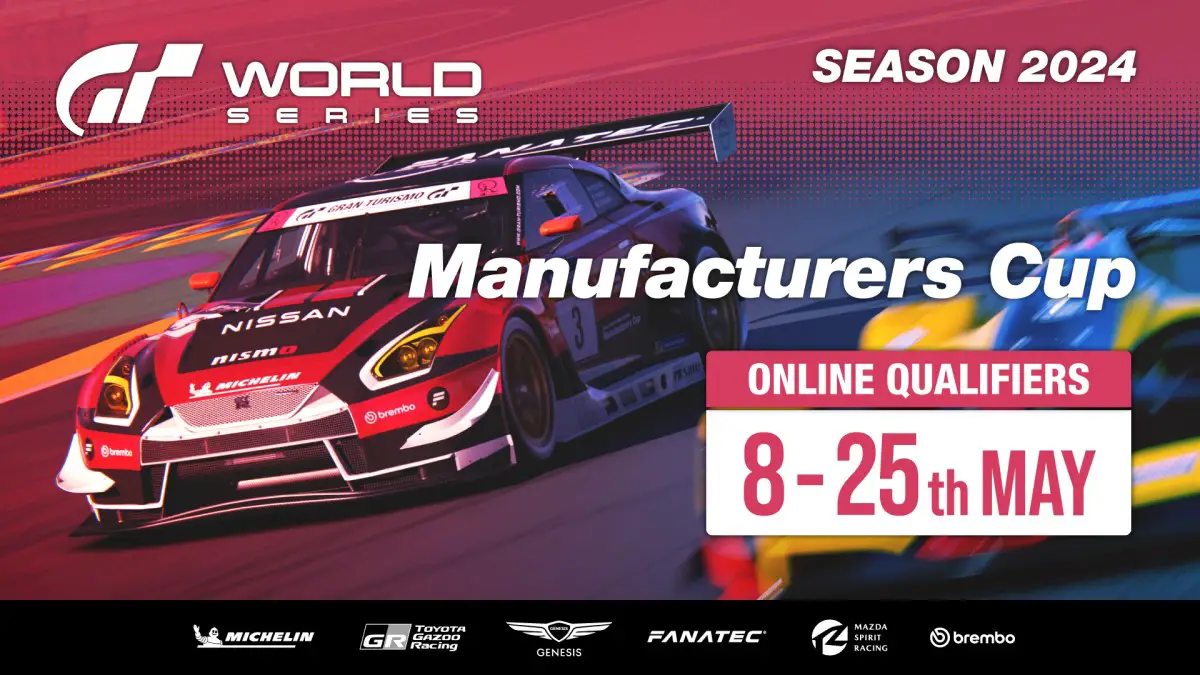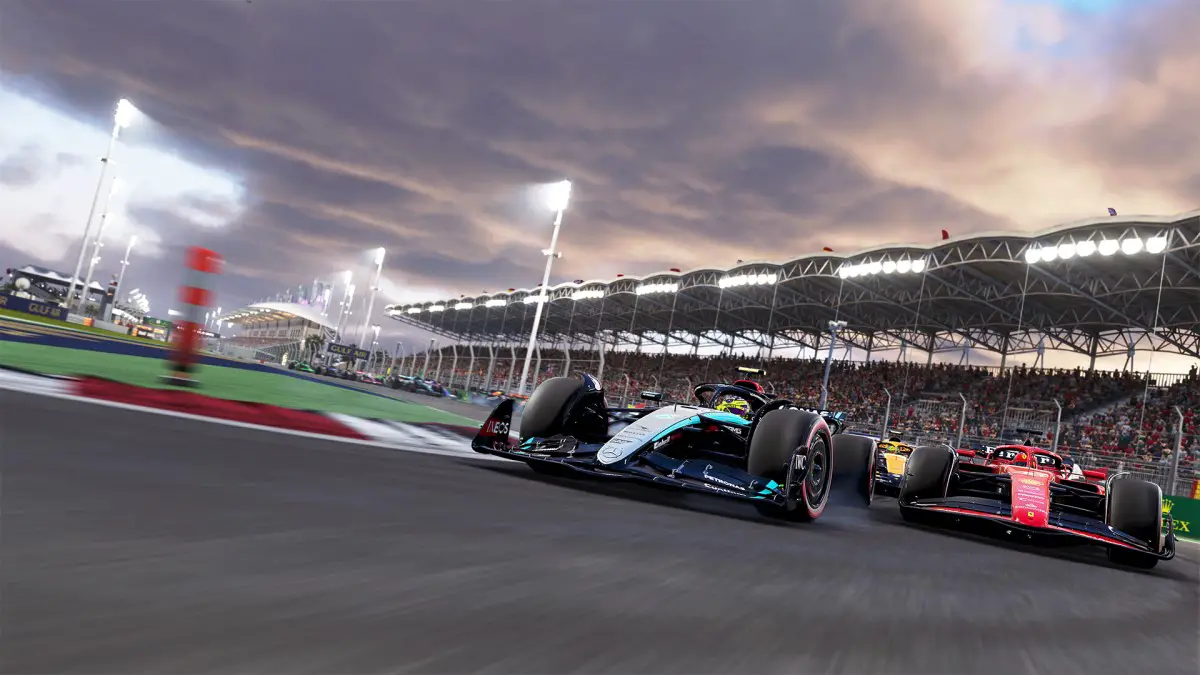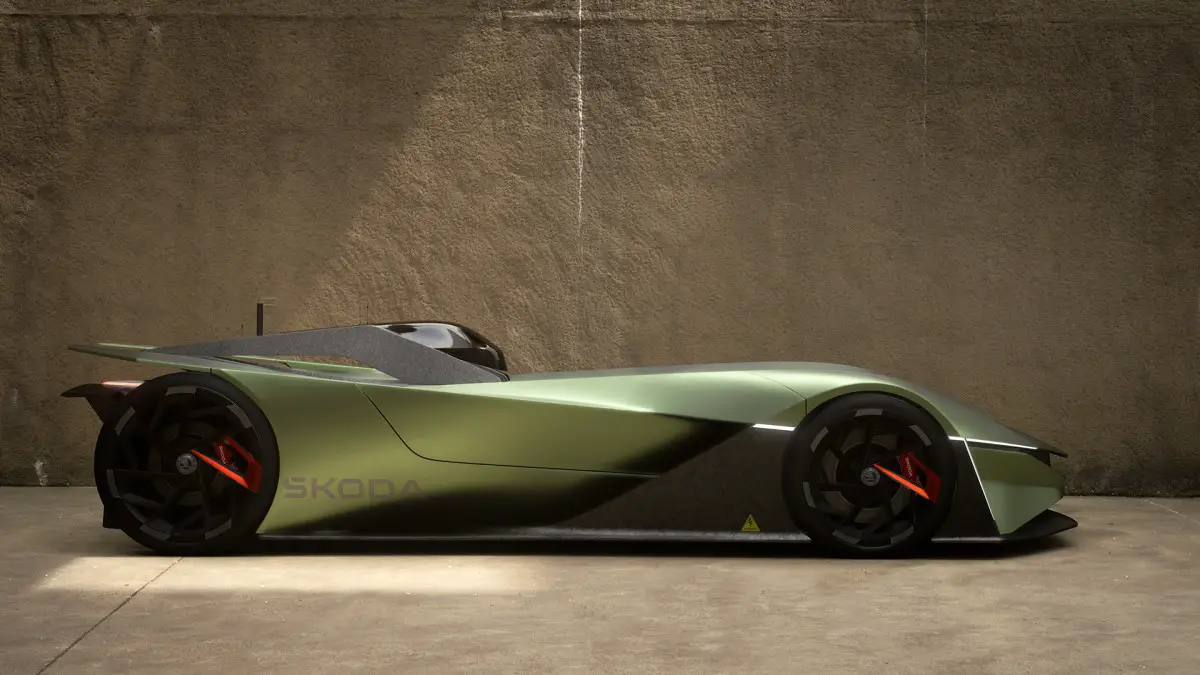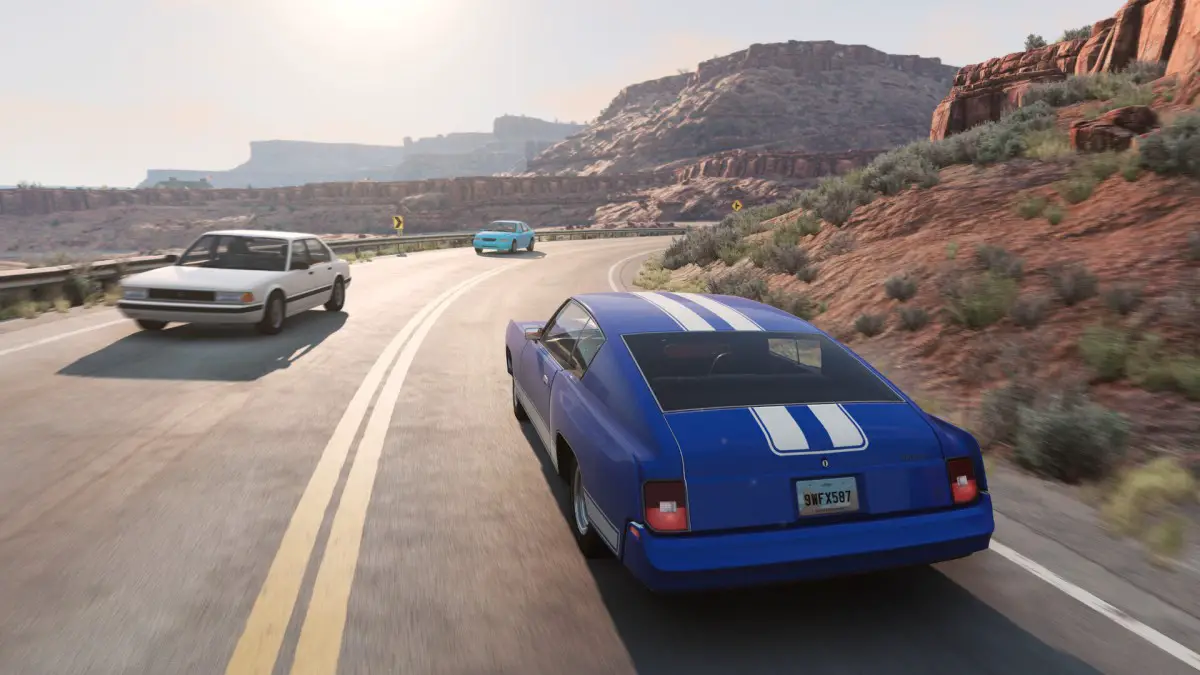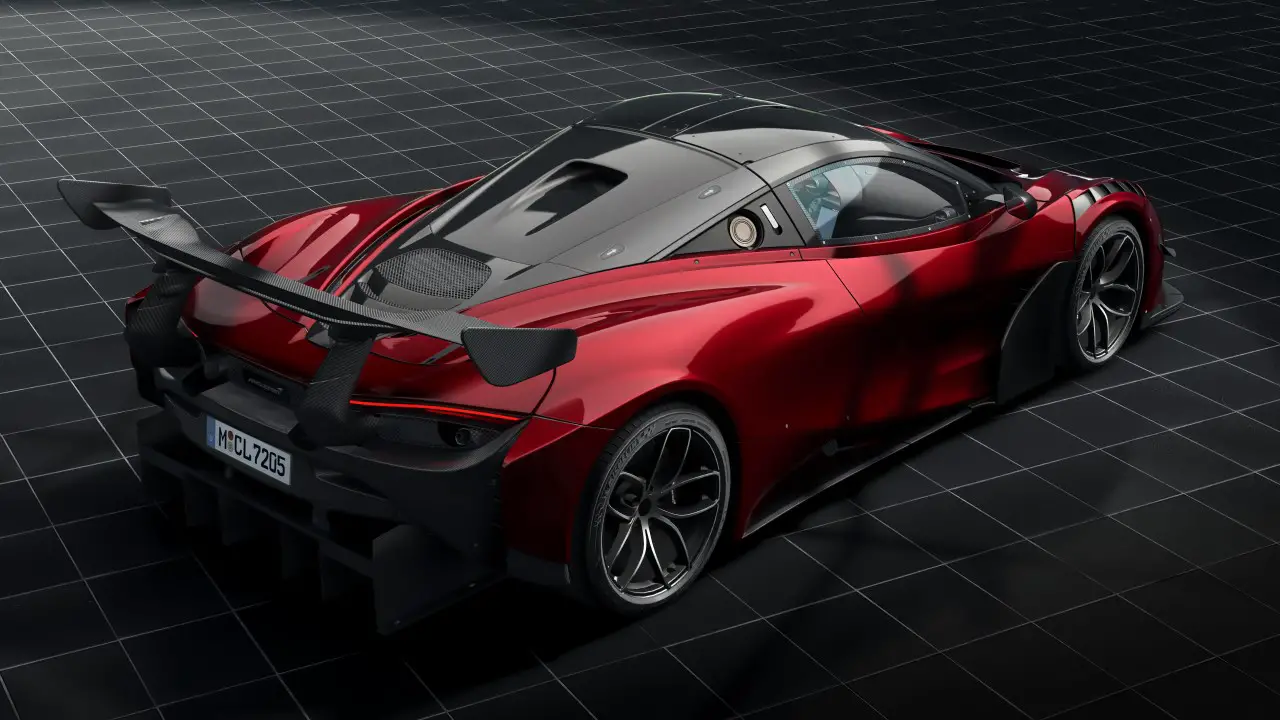
So many people enjoy great racing games, but what is sim racing and how does it fit into the motorsport and gaming world.
Many of you will know of the rise in the past few years of the sim racing genre, those that are new to this genre, welcome. Now you will hear the banter of arcade games and sim racing titles being mentioned a lot but let’s simplify this.
Introduction to Sim Racing
Sim racing is a representation of the cutting-edge fusion of technology and sports, it has transformed from a niche pastime into a globally celebrated eSport. This virtual form of motorsports is more than just a digital counterpart to traditional racing; it’s a groundbreaking platform that merges the excitement of racing with the precision of advanced simulation technology.
The result is an incredibly immersive and realistic racing experience that captivates enthusiasts from all corners of the globe.
This emergent genre goes beyond mere entertainment; it has established itself as an invaluable training tool for racers. With simulators that can almost replicate real-world physics, weather conditions, and even track textures, aspiring drivers can hone their skills, learn new tracks, and experiment with racing strategies in a risk-free environment.
The realism of these simulators is such that even seasoned professional racers regularly engage in sim racing to sharpen their skills, test new techniques, and maintain their edge during the off-season.
History and Evolution
The journey of sim racing parallels the advancements in computer technology. From the rudimentary racing games of the early ’80s to today’s highly sophisticated simulations, the evolution has been dramatic. Notable milestones include the introduction of realistic physics, 3D graphics, and online multiplayer capabilities.
Today’s sim racing platforms offer an experience almost indistinguishable from real-world racing.
Technology Behind Sim Racing
At the heart of sim racing is a blend of cutting-edge hardware and software. Steering wheels, pedals, and sim rigs are engineered for precision and realism. Software-wise, game engines have evolved to simulate intricate details like tire wear, fuel consumption, and even weather conditions.
The physics engines are so advanced that they accurately mimic real-world driving dynamics.
- Steering Wheels: High-end models like the Fanatec Podium Series or the Thrustmaster T-GT offer force feedback that replicates the sensations of real-world driving. These wheels can convey the texture of the road, the grip of the tires, and even the torque of the car’s engine.
- Pedals: The Heusinkveld Sim Pedals Sprint and the Logitech G Pro pedals are renowned for their realism. They offer adjustable resistance and travel, mimicking the feel of real car pedals. The brake pedal in these sets often includes a load cell sensor for precise brake force application.
- Sim Rigs: Brands like Sim-Lab and Next Level Racing provide rigs that range from basic setups to full-motion platforms. The full-motion rigs, like the Next Level Racing Motion Platform, can simulate the G-forces and movements experienced in a real car, enhancing the immersion significantly.
Software Examples:
- Game Engines: Titles like iRacing and Assetto Corsa Competizione are lauded for their realistic physics engines. They simulate aspects like tire deformation, heat cycles, and even aerodynamic changes over a race.
- Tire Wear and Fuel Consumption: Games like Project CARS 2 and F1 2020 offer detailed simulation of tire wear, influencing grip and handling over time. Fuel consumption is also realistically modeled, requiring players to strategize pit stops and fuel management.
- Weather Conditions: Many sim racing games now feature dynamic weather systems. For instance, in Assetto Corsa Competizione, rain not only affects visibility but also the track’s grip level, requiring drivers to adapt their driving style and strategies accordingly.
- Real-World Dynamics: Advanced physics engines in games like rFactor 2 and RaceRoom Racing Experience can replicate the nuances of real-world driving dynamics. This includes the effect of temperature on the track and tires, suspension behavior, and even the impact of mechanical failures.
Comparison with Real-Life Racing
Sim racing’s ability to replicate real-life racing dynamics is not just remarkable; it’s revolutionizing how we perceive motorsport training and talent development. The skills honed in the virtual world – from strategic thinking to reaction times and understanding vehicle dynamics – have direct applicability on real tracks.
This synergy between the virtual and real worlds is increasingly acknowledged and utilized within professional racing circles.
Professional racers have turned to sim racing not just as a hobby, but as a vital part of their training regimen. The realistic simulation of track conditions, vehicle behavior, and competitive scenarios allows drivers to practice and perfect their techniques without the high costs and risks associated with real-world racing.
Drivers like Max Verstappen, and Lando Norris are known for their active participation in sim racing. They utilize these platforms to stay sharp during the off-season and to familiarize themselves with tracks and car behavior.
The transition from sim racing to real-life racing is no longer a novelty but a proven pathway. Several racers have made their names first in the virtual world before stepping into an actual cockpit. Jann Mardenborough, a winner of the GT Academy competition, is a prime example.
He transitioned from gaming in his living room to racing at prestigious events like the 24 Hours of Le Mans. His journey is a testament to the skills and talent that can be developed through sim racing.
Furthermore, sim racing competitions are increasingly seen as scouting grounds for new talent. Racing teams and sponsors are turning their attention to these virtual platforms to identify and nurture upcoming racers. The level of competition in sim racing events is intense, and the skills displayed are often indicative of a racer’s potential in real-world scenarios.
In essence, sim racing has become more than just a simulation; it’s a parallel sphere of motorsport, with its own set of challenges and triumphs. Its authenticity and relevance are highlighted by the seamless transition of skills and talents from the virtual to the real track, reshaping how racing talent is developed and recognized.
Impact on Motorsports and Racing Culture
Sim racing’s influence extends beyond entertainment, shaping the future of motorsports. It’s recognized as a legitimate eSport, with professional leagues and significant prize pools. Additionally, it has become an integral part of driver training, offering a risk-free yet effective training environment.
Popular Games and Platforms
Titles like iRacing, Assetto Corsa, and Gran Turismo have become household names in the sim racing community. Each offers unique features, from hyper-realistic simulations to more accessible racing experiences. Online platforms facilitate global competitions, allowing sim racers to compete against others from around the world.
The Future of Sim Racing
The future of sim racing is bright and promising. Technologies like virtual reality (VR) and augmented reality (AR) are poised to enhance the immersive experience further. The sim racing community is set to grow, with increasing recognition and acceptance as a legitimate form of motorsport.
Summary
Sim racing stands at the intersection of technology and motorsports, offering an accessible and authentic racing experience. Its evolution, technology, and impact on real-life racing underline its significance. As technology continues to advance, sim racing will undoubtedly play an increasingly vital role in the world of motorsports.



